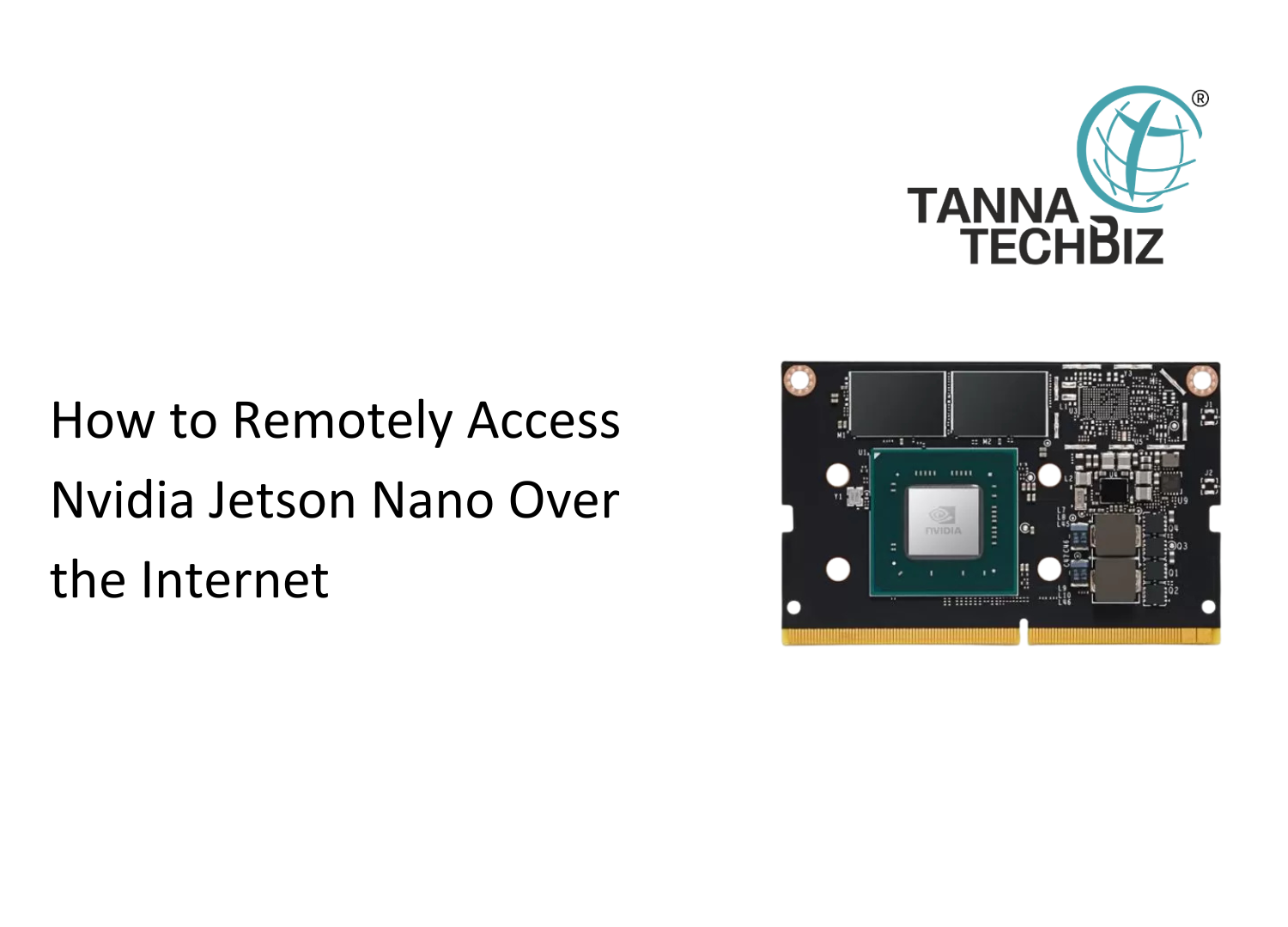How SBCs and Displays Are Driving the Future of Embedded Computing
October 10, 2025 18

The world of embedded computing is evolving faster than ever — from smart factories and autonomous vehicles to digital kiosks and wearable devices. At the heart of this transformation are Single Board Computers (SBCs) and advanced display technologies, which together are redefining how machines process, visualize, and interact with data.
This article explores how SBCs and displays are reshaping embedded systems, supported by real-world use cases, technical insights, and forward-looking trends.
What Are SBCs and Why Are They Transforming Embedded Computing?
A Single Board Computer (SBC) is a compact computer built on a single circuit board, integrating the processor, memory, storage, and I/O ports. Unlike traditional multi-board systems, SBCs combine performance, reliability, and efficiency — making them ideal for embedded applications.
Modern SBCs like the Raspberry Pi 5, NVIDIA Jetson Nano, and BeagleBone Black deliver desktop-class computing in handheld sizes. Engineers and developers prefer SBCs because they:
- Reduce development time with ready-to-use hardware and software support
- Enable edge computing — processing data locally without relying on the cloud
- Offer flexibility for rapid prototyping and product customization
- Lower costs while maintaining industrial-grade reliability
For example, in industrial IoT, SBCs power predictive maintenance systems that monitor equipment health in real time, eliminating costly downtime.
Displays: The Human Face of Embedded Systems
In the embedded world, displays are more than just screens — they’re the bridge between humans and machines. Whether it’s a medical monitor, a vehicle dashboard, or an interactive retail kiosk, display modules determine how users perceive and control embedded systems.
Recent innovations have made displays smarter, thinner, and more energy-efficient.
Some key advancements include:
- Touch-enabled panels (capacitive and resistive) for intuitive user interaction
- High-brightness LCD and OLED displays for visibility in outdoor or industrial environments
- Low-power e-paper and TFT screens for portable and battery-powered devices
- Customizable interfaces that integrate seamlessly with SBC-based systems
In healthcare, for instance, patient monitoring devices use SBC-driven touch displays to show live data such as ECG or oxygen levels — combining precision and usability.
Why SBCs and Displays Work Better Together
When SBCs and displays are integrated, they create a complete embedded platform capable of real-time data processing, visualization, and interaction.
This synergy allows developers to create powerful yet compact systems without external PCs or controllers.
Real-world examples include:
- Smart Retail: SBCs drive interactive digital signage that adapts content using AI-based analytics.
- Automation Control Panels: Industrial SBC-display modules monitor processes and equipment on factory floors.
- Transportation: Vehicle infotainment and navigation systems rely on SBCs for smooth multimedia performance.
Emerging Trends Driving the Future
The future of embedded computing is shaped by four major trends:
- AI at the Edge: SBCs equipped with GPUs or NPUs can run on-device inference for facial recognition, robotics, and predictive analytics.
- 5G and IoT Connectivity: Embedded devices with SBCs are becoming smarter and always connected, enabling real-time cloud synchronization.
- Energy Efficiency: Low-power SBCs and LED-backlit displays are extending device battery life and reducing operational costs.
- Customization: OEMs increasingly demand tailor-made SBC-display combinations for specific applications — from smart farming to autonomous delivery systems.
The Road Ahead: Intelligent, Visual, and Connected
SBCs and display technologies are not just improving embedded systems — they’re redefining them. As computing shifts toward the edge and user experience becomes central, these technologies form the foundation of intelligent, interactive, and connected ecosystems.
Whether you’re building a smart sensor dashboard, a robotics interface, or an AI-powered control system, integrating SBCs with advanced display solutions is key to designing future-ready embedded systems.
Takeaway
The future of embedded computing lies in powerful simplicity — compact SBCs providing the brains, and modern displays providing the interface. Together, they’re enabling a new generation of devices that think, see, and interact intelligently.
Next step: If you’re an engineer, developer, or OEM exploring embedded solutions, start by evaluating SBC platforms compatible with your preferred display technology — because the next big innovation may start with a small board and a brilliant screen.



